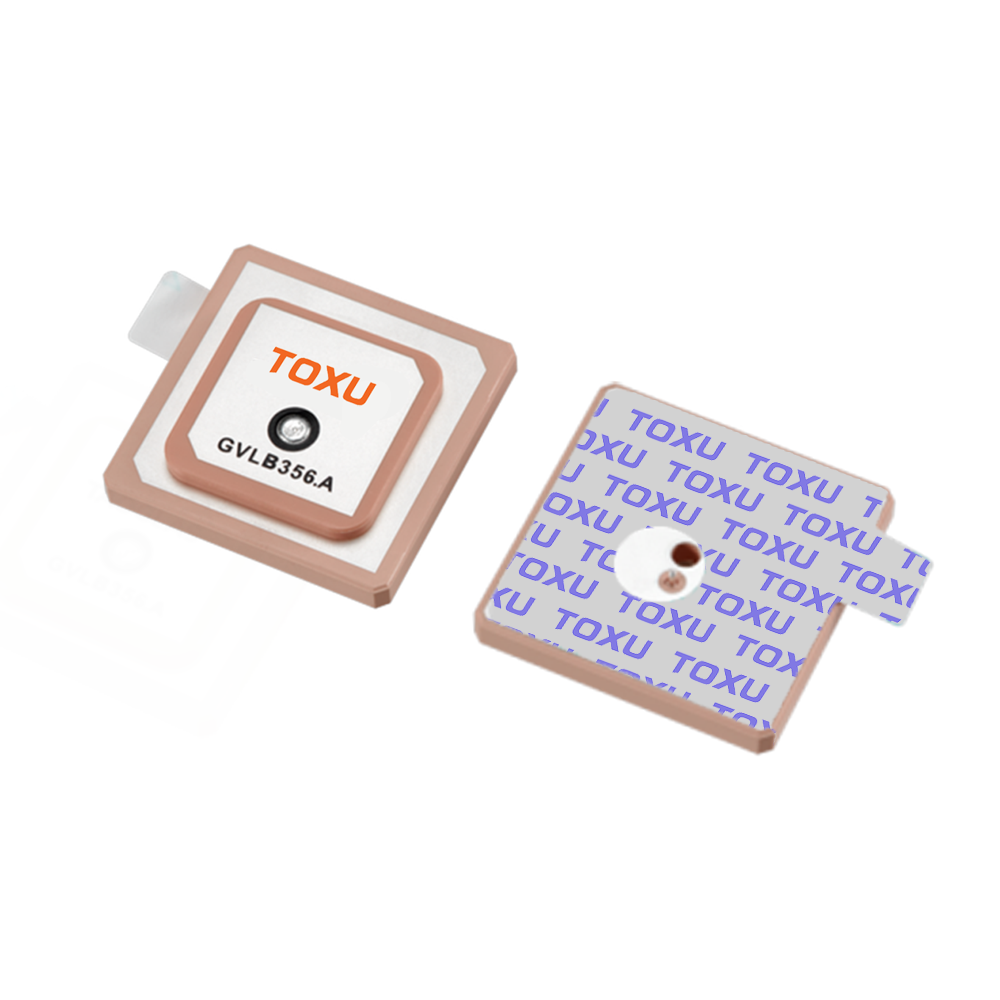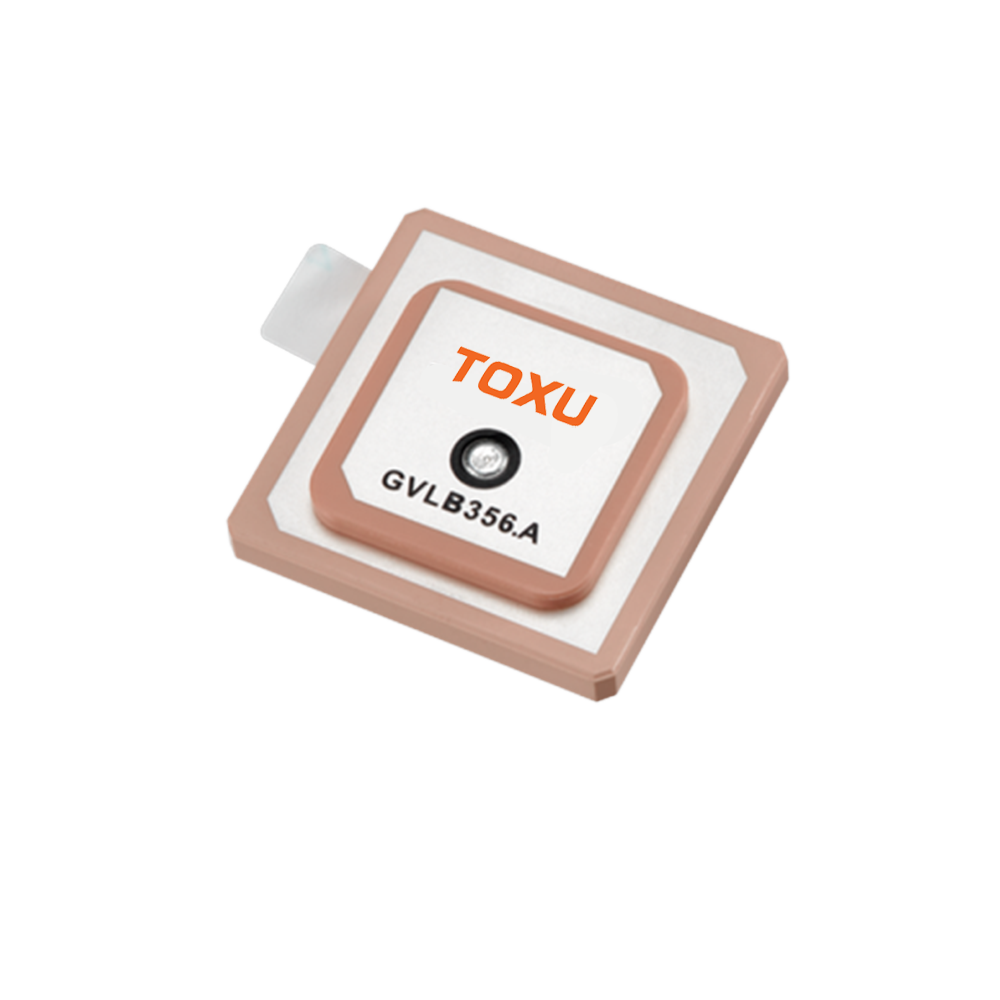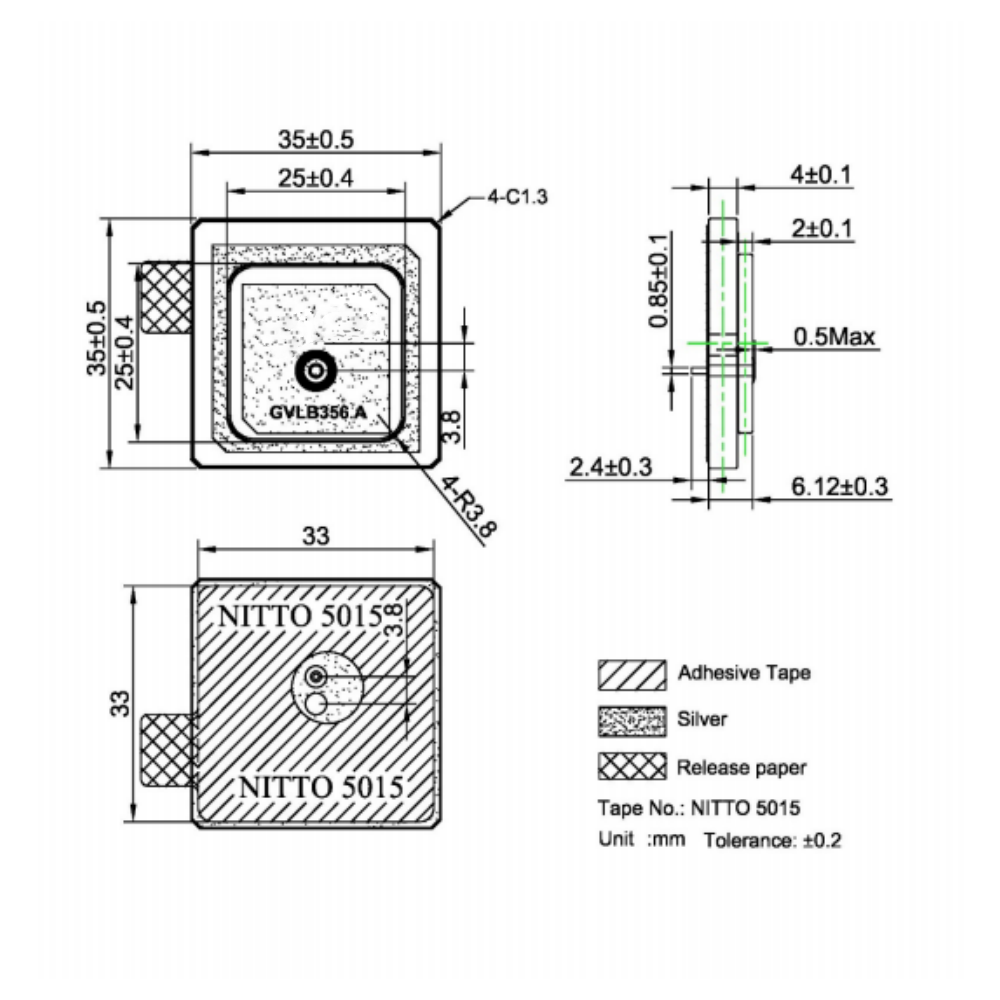The embedded passive GNSS ceramic antenna is the linchpin of the mass-market location revolution, finding its way into a breathtaking array of devices that define the modern connected world. Its future evolution is continuously shaped by the demands of these applications and the relentless push for better performance, deeper integration, and lower cost.
Applications:
Smartphones and Tablets: The primary driver of volume and innovation. Nearly every smartphone on the market uses one or more of these antennas for GNSS. Designers face a constant battle against space constraints, metal frames, large displays, and the detrimental "hand-effect" to provide reliable location services for navigation, geotagging, and countless apps.
Wearable Technology: Fitness trackers, smartwatches, and child monitors rely on these tiny antennas. This is arguably the most challenging environment due to extreme miniaturization and the significant signal blockage and detuning caused by the human body, which is often in direct contact with the device.
Asset Tracking and IoT: A massive and rapidly growing application area. Small, low-power trackers for logistics, supply chain management, agricultural monitoring, industrial sensing, and theft prevention use these antennas to report their position over cellular (LTE-M, NB-IoT), LoRaWAN, or other LPWAN networks.
Drones and Robotics: Consumer drones and small robotic platforms use these antennas for basic navigation, position holding, and return-to-home functions, where their small size, low weight, and ruggedness are critical advantages.
In-Vehicle Telematics and UBI: Small dongles that plug into a car's OBD-II port for usage-based insurance (UBI), fleet tracking, and diagnostic monitoring are classic applications, often leveraging the vehicle's exterior to get a better signal.
Consumer and Personal Electronics: Digital cameras (for geotagging photos), portable gaming devices, personal navigation devices (PNDs), and pet trackers have historically been major users.
GNSS Modules: Many off-the-shelf GNSS receiver modules for engineers and developers come with a pre-integrated and pre-tuned ceramic antenna, simplifying the design process for embedding GNSS into a final product.
Future Trends:
Improved Resilience to Detuning and Blocking: A major R&D focus is on designing antennas that are less sensitive to the effects of the human body and device casing. Advanced techniques include:
Reconfigurable and Tunable Antennas: Incorporating tunable components (like barium strontium titanate (BST) capacitors or varactor diodes) to dynamically adjust the antenna's resonance frequency and impedance matching in real-time as its environment changes (e.g., when a hand grips the phone). This actively compensates for detuning but adds cost and complexity.
Balanced (Differential) Feed Designs: Using a differential feed instead of a single-ended one can make the antenna less susceptible to near-field interference from the human body and other components.
Multi-Band Support for Mass Markets: As high-accuracy GNSS techniques (using L1 + L5 bands) trickle down from premium to mass-market applications, there is a growing need for low-cost embedded antennas that can operate efficiently across these widely separated bands. This is driving innovation in multi-resonant, coupled-element, and multi-layer designs.
Enhanced Integration and "Antenna-in-Package" (AiP): The next frontier in miniaturization is to move the antenna from the main PCB directly into the package of the GNSS receiver chip itself. AiP technology uses the package substrate to form the antenna, saving precious PCB space and simplifying system design. However, it presents immense challenges in isolating the antenna from the noise of the silicon die and achieving good efficiency.
Leveraging Device Elements: Using parts of the device itself—such as the metal frame, display bezel, or conductive coatings—as radiating elements to improve performance and efficiency, moving beyond the traditional ceramic block.
Advancements in Simulation and Modeling: More powerful and accessible electromagnetic (EM) simulation software (e.g., ANSYS HFSS, CST Studio) allows designers to accurately model the entire system—antenna, PCB, components, and housing—virtually before building physical prototypes. This reduces design cycles, cost, and risk of failure.
Material Science Innovations: Development of new ceramic and polymer-ceramic composite materials with lower loss tangents, more stable dielectric constants over temperature, and lower cost will enable better efficiency or smaller sizes.
The embedded passive ceramic antenna will remain the dominant solution for consumer GNSS for the foreseeable future. Its evolution will be characterized by incremental but critical improvements in bandwidth, stability, and integration depth, continuing to empower new and innovative location-aware applications across the globe.
Conclusion
The embedded passive GNSS ceramic antenna is a component of profound contradiction. It is both remarkably sophisticated and ruthlessly cost-optimized. It is ubiquitous yet invisible. It is the undeniable enabler of the modern location revolution, yet its success is entirely dependent on the design wisdom of the engineers who implement it. Its story is one of imperfection and indispensability, a testament to the engineering ethos of achieving "good enough" performance at a scale that changes the world.
Its most significant legacy is the democratization of precision. By reducing the cost and size of the GNSS entry point to mere pennies and millimeters, it has transformed a military-grade technology into a standard utility, as commonplace as the microcontroller itself. It has empowered a universe of applications, from guiding emergency services to tracking a food delivery order, from enabling autonomous farm equipment to helping a hiker find their way. This would simply not be possible with large, expensive, external antennas.
However, this accessibility comes with a stern caveat. The antenna's "low cost" and "easy assembly" are seductive traits that can mislead designers into underestimating the complexity of its integration. It is a component that punishes negligence and rewards expertise. Its performance is not a given; it is earned through careful system-level design, meticulous PCB layout, mandatory impedance tuning, and rigorous validation testing. The low component cost can be quickly eclipsed by the high engineering cost required to do it right.
The challenges it presents—sensitivity to environment, body detuning, lower efficiency, and noise susceptibility—are not design flaws but the direct and inevitable physical consequences of its microscopic size and minuscule cost. They are the fundamental trade-offs that define its existence. These very challenges are the forces that continue to drive innovation in materials science, electromagnetic simulation, and antenna design techniques, pushing the boundaries of what is possible within these constraints.
As we look toward a future of pervasive connectivity, autonomous systems, and an ever-expanding IoT, the demand for small, cheap, and reliable positioning will only intensify. The embedded passive ceramic antenna, continually evolving to become more robust, more wideband, and more intelligent, will remain at the heart of this evolution. It may never match the performance of its larger, active cousins, but it doesn't need to. Its job is to be good enough, everywhere, for everyone. It is a humble piece of ceramic, but it is the foundational gateway upon which our digitally located world is built.




































































 Language
Language
 En
En Cn
Cn Korean
Korean

 Home >
Home > 







 18665803017 (Macro)
18665803017 (Macro)













